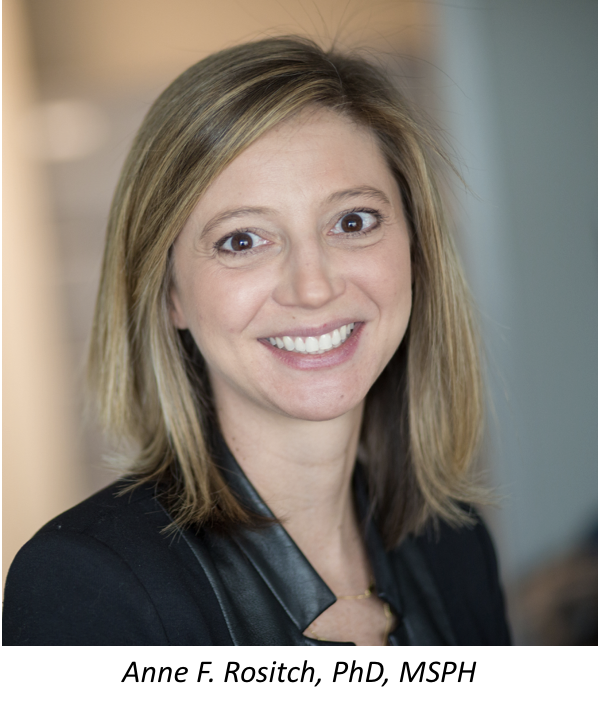Co-Infection with HIV Means Less Likelihood of Cancer Treatment
The advent of antiretroviral therapy has increased lifespans for those with HIV, meaning there’s a greater need to address the rising incidence of cancer in this aging population.

One result of people with HIV now living normal or near-normal lifespans is that they can fall prey to the same cancers that affect the non-HIV-positive aging population. As more people deal with HIV and cancer simultaneously, it’s important that health care providers know how to treat both diseases. However, several studies have indicated that those who have both cancer and HIV are not as likely to receive cancer treatment as those who have only cancer and not HIV. If they do receive cancer treatment, it’s often offered at a later stage than with patients without HIV.
A team from the Johns Hopkins Bloomberg School of Public Health, the National Cancer Institute, and Duke University Medical School decided to conduct a retrospective study of 930,359 older Americans to determine, if possible, the factors that may lead to timely cancer treatment in the HIV-positive population. The subjects were part of the Surveillance, Epidemiology, and End Results (SEER) database, which is part of Medicare. The researchers examined patients with a variety of cancers, including cancers that are common in the general elderly population (breast, prostate, lung, and colorectal) along with AIDS-defining cancers such as non-Hodgkin lymphoma and non-AIDS-defining cancers that are common in people with HIV (anal, kidney, bladder, liver, and melanoma). All subjects were diagnosed with cancer at 66 years of age or later.
Out of all the subjects with cancer, 687 also had HIV. Out of these HIV-infected subjects, 68% received treatment for cancer within 6 months of being diagnosed, while 75% of subjects without HIV received treatment for cancer within 6 months of being diagnosed. However, in the 66-to-70-year-old cohort, the difference was starker: just 65% of HIV-positive patients in this age group got cancer treatment versus 81% of uninfected patients. Among those in this age group who did receive treatment for cancer, the median length of time from diagnosis to treatment in the infected subjects was 43 days compared with 36 days in the uninfected subjects. The kind of cancer had an impact as well, with the 66-to-70-year-old subjects who were suffering from kidney, lung, prostate, and colorectal cancers less likely to get treatment. Among those older than 70, treatment levels and time to treatment were virtually identical, except for anal cancer—for this disease, HIV-positive patients experienced a median delay of 61 days compared with 35 days for those who did not have HIV.
Overall, HIV-positive patients experienced treatment rates 20% lower than those of HIV-uninfected patients, particularly in the case of colorectal, lung, and prostate cancer. This is important because those cancers are among the most common in people with HIV. Research suggests that delaying treatment of cancers such as breast, colorectal, and melanoma can lead to worse outcomes, particularly among younger patients who presumably have the most to gain from early intervention. The researchers concluded that 75% of this disparity in treatment was due to the HIV itself, with 25% due to the particular stage of cancer each patient had as well as any comorbidities.
“This study can’t address exactly why individuals with HIV are less likely to be treated for their cancer,” Anne F. Rositch, PhD, MSPH, assistant professor in the department of epidemiology at the Bloomberg School of Public Health and the lead author of the study, told Contagion®. “However, our study does suggest that 2 medical reasons—other comorbidities and cancer stage—alone do not account for a significant amount of the difference observed in cancer treatment.”
The causes of uneven levels of treatment likely are varied. “There are multiple reasons why HIV-infected cancer patients are less likely to get treatment for their cancer, including lack of medical insurance and access to care, and the presence of other comorbid conditions,” Eric Engels, MD, MPH, a researcher on the team, told Contagion®. “Our study adjusted for those characteristics and still found treatment disparities in cancer treatment, which may reflect other factors that affect the HIV population, such as socioeconomic factors, patient engagement with follow-up, or the complexities that their providers face in treating HIV and cancer concurrently.”
The results of the study also could not explain why older HIV patients with cancer were offered treatment at higher rates than younger ones. “[I]t is worth investigating further since these HIV-infected individuals are unique in that they have survived to such an old age, which may be related to their motivation or their physicians’ motivation to treat their cancer,” said Dr. Rositch.
Ms. Saloman is a health writer with more than 20 years of experience working for both consumer- and physician-focused publications. She is a graduate of Brandeis University and the Medill School of Journalism at Northwestern University. She lives in New Jersey with her family.
